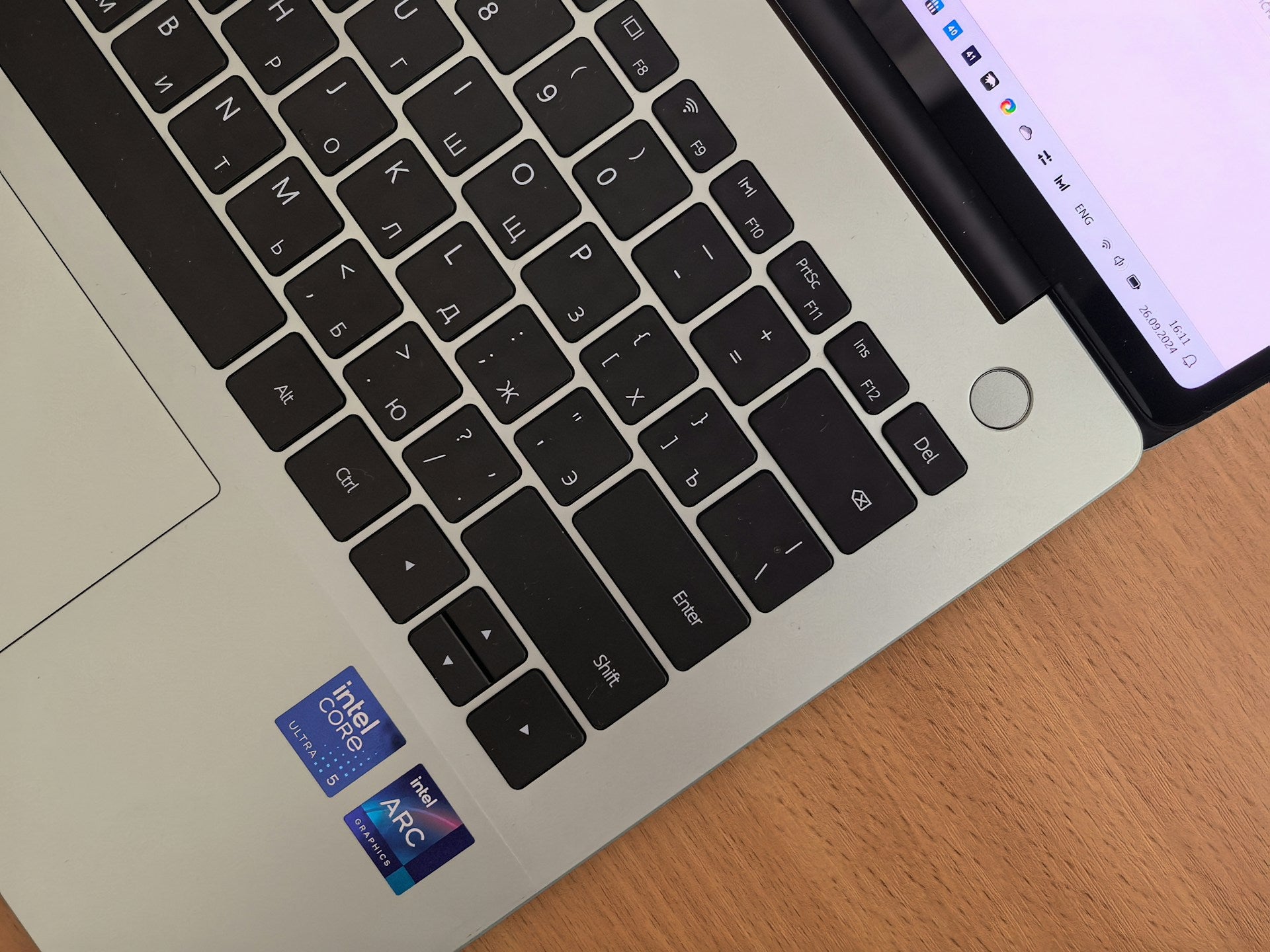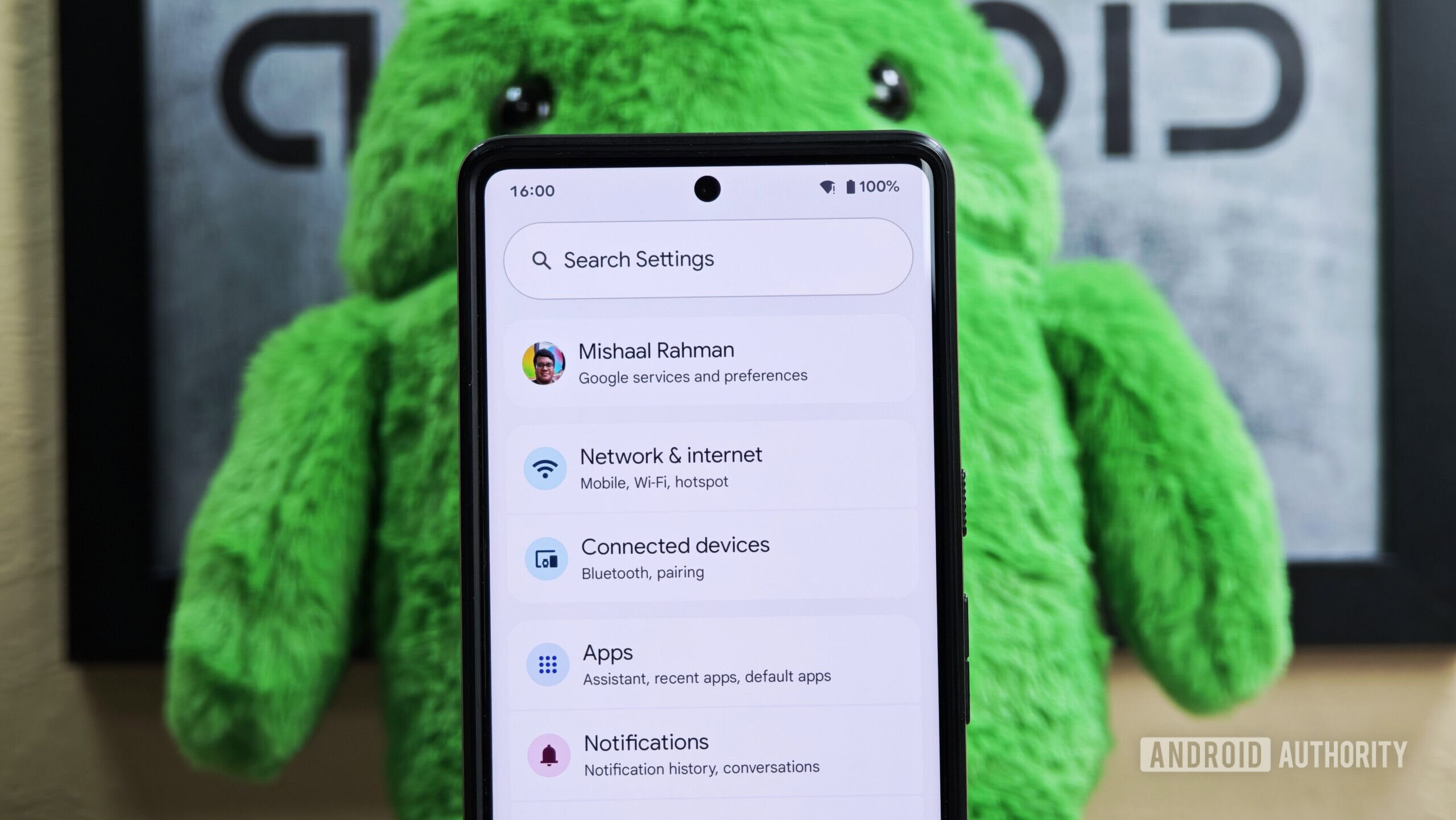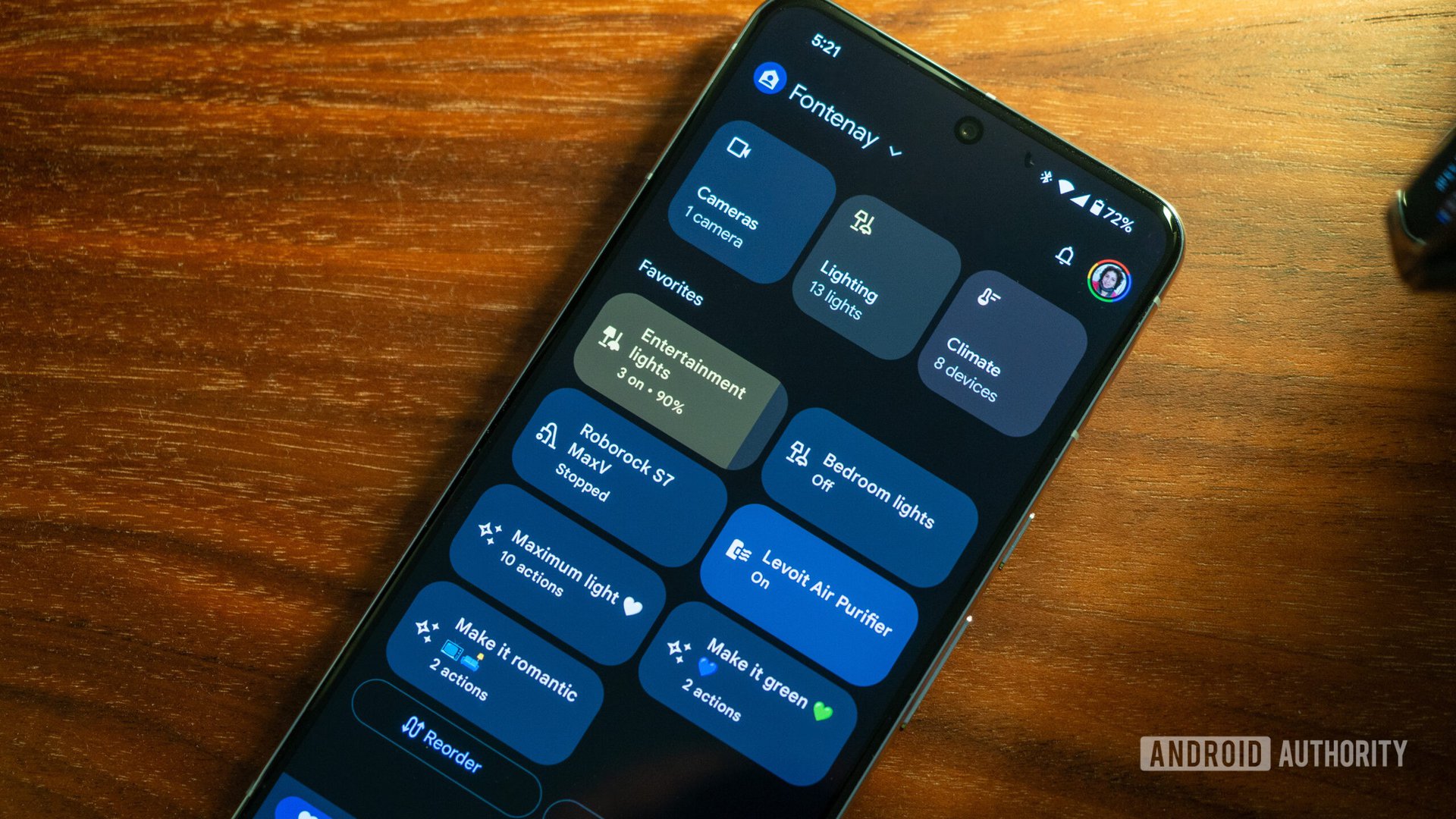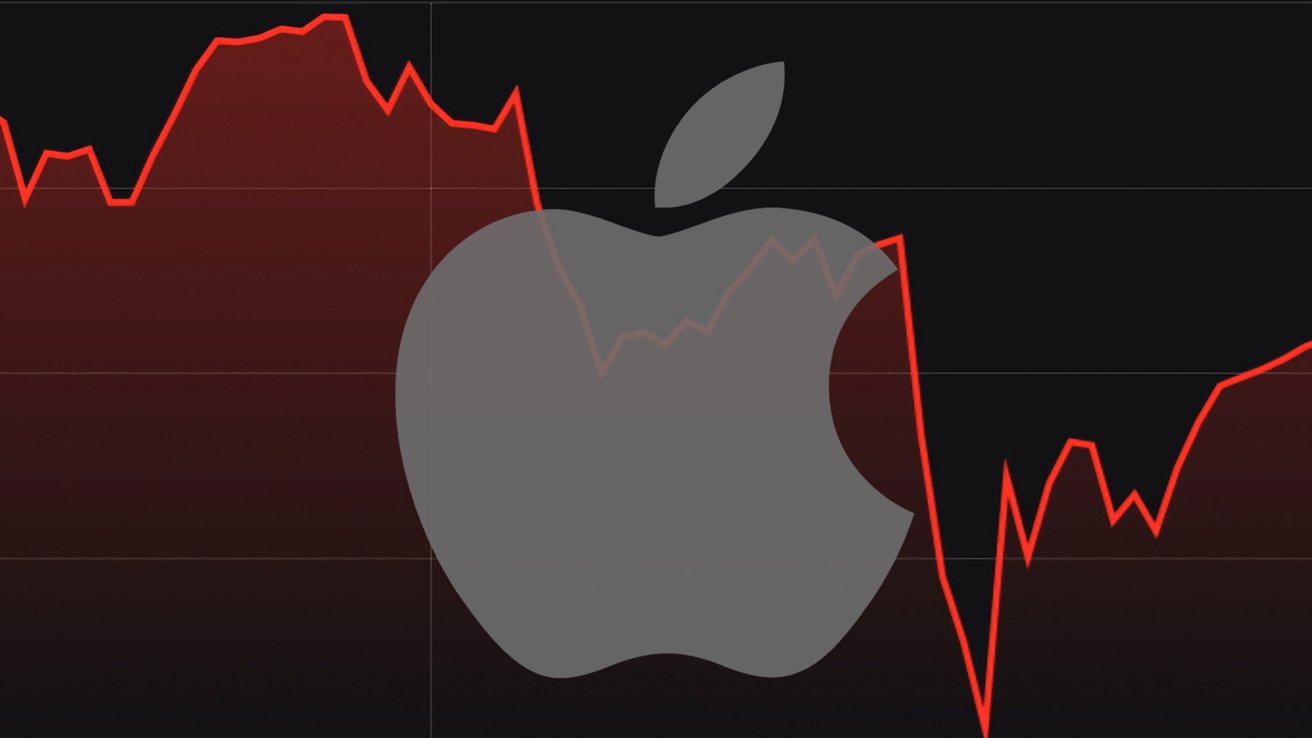Threat Intelligence Platforms – CISO Adoption Trends for 2025
The evolving digital landscape is reshaping the responsibilities and priorities of Chief Information Security Officers (CISOs) across industries. As cyber threats become more sophisticated and persistent, organizations increasingly turn to Threat Intelligence Platforms (TIPs) for a proactive, data-driven approach to security. TIPs have moved beyond simply aggregating threat feeds; they now offer advanced analytics, automation, […] The post Threat Intelligence Platforms – CISO Adoption Trends for 2025 appeared first on Cyber Security News.
.webp?#)
The evolving digital landscape is reshaping the responsibilities and priorities of Chief Information Security Officers (CISOs) across industries.
As cyber threats become more sophisticated and persistent, organizations increasingly turn to Threat Intelligence Platforms (TIPs) for a proactive, data-driven approach to security.
TIPs have moved beyond simply aggregating threat feeds; they now offer advanced analytics, automation, and integration capabilities that empower CISOs to anticipate, identify, and respond to threats faster and more precisely.
In 2025, TIP adoption is not just a technological upgrade but a strategic imperative, driven by the need to protect critical assets, comply with complex regulations, and foster business resilience.
This article explores the key trends shaping TIP adoption, the technical and organizational shifts underway, and the leadership strategies CISOs must embrace to stay ahead of emerging cyber risks.
AI-Driven Threat Intelligence – From Data Overload to Actionable Insights
The surge in digital transformation has resulted in an explosion of data, much of it relevant to security teams. However, threat data’s sheer volume and velocity can overwhelm even the most skilled analysts.
Modern TIPs address this challenge by embedding artificial intelligence and machine learning into their core.
These platforms can sift through millions of data points—ranging from malware signatures and phishing indicators to dark web chatter and geopolitical events—distilling them into prioritized, actionable intelligence.
For CISOs, integrating AI means faster detection of zero-day exploits, more accurate attribution of threat actors, and the ability to predict attack patterns before they materialize.
Machine learning models can now correlate seemingly unrelated events, uncovering stealthy attacks that would otherwise go unnoticed.
For example, a TIP might detect anomalous login attempts from a specific region, cross-reference this with emerging threat actor profiles, and automatically trigger containment protocols.
This level of automation reduces response times and frees up human analysts to focus on strategic decision-making. Yet, the adoption of AI in TIPs is not without challenges. CISOs must ensure that these models are transparent, explainable, and free from bias.
There is also a growing need to secure the AI, as adversaries increasingly target machine learning pipelines with data poisoning and evasion attacks.
As a result, forward-thinking CISOs are incorporating AI governance frameworks into their security programs, ensuring that the benefits of automation do not come at the expense of trust or reliability.
Five Trends Accelerating TIP Adoption in 2025
- Converged Security Operations: TIPs are increasingly integrated with Security Orchestration, Automation, and Response (SOAR) platforms, SIEM systems, and endpoint detection tools. This convergence streamlines workflows, enabling real-time threat correlation, automated playbook execution, and unified incident response across hybrid and multi-cloud environments.
- Geopolitical and Supply Chain Intelligence: As nation-state attacks and supply chain compromises rise, TIPs now ingest data from geopolitical risk feeds and vendor risk assessments. This enables organizations to anticipate threats tied to global events, such as sanctions, conflicts, or disruptions in critical suppliers, and to prioritize defenses accordingly.
- Ransomware and Extortion Defense: With ransomware tactics evolving toward double and triple extortion, TIPs leverage blockchain analysis and threat actor profiling to identify payment patterns, track stolen data, and disrupt criminal infrastructure. Automated alerts and response actions help organizations contain outbreaks before they escalate.
- Compliance and Regulatory Automation: TIPs are embedding compliance modules that map threat data to regulatory frameworks, automate evidence collection, and generate audit-ready reports. This reduces the burden on security teams and ensures continuous alignment with requirements like GDPR, CCPA, and sector-specific mandates.
- Human-Centric Threat Modeling: Recognizing that people remain both a target and a defense, TIPs incorporate behavioral analytics and user risk scoring. By monitoring user activity and flagging anomalies, organizations can more accurately detect insider threats, compromised credentials, and social engineering attempts.
These trends are not isolated; they reflect a broader shift toward intelligence-driven security, where technology, process, and people are tightly integrated to outpace adversaries.
Leading the Future: CISO Strategies for TIP Success
For CISOs, adopting Threat Intelligence Platforms in 2025 is about more than just deploying new technology—it’s about orchestrating a cultural and operational transformation that permeates the entire organization.
The most successful CISOs champion a holistic vision, aligning TIP capabilities with business objectives, risk appetite, and regulatory obligations.
This requires close collaboration with stakeholders in IT, legal, compliance, and executive leadership to ensure that threat intelligence informs decision-making at every level.
A critical aspect of this leadership is fostering a culture of continuous learning and adaptation. Cyber threats are dynamic, and so too must be the organization’s defenses.
CISOs are investing in ongoing training, threat simulation exercises, and cross-functional drills to ensure that teams remain agile and responsive.
They are also leveraging TIPs to facilitate information sharing with industry peers, government agencies, and threat intelligence communities, building collective resilience against common adversaries.
- Unified Threat Visibility: By integrating TIPs with existing security infrastructure, CISOs can achieve a single source of truth for threat intelligence, breaking down silos and enabling faster, more informed responses to incidents.
- Proactive Risk Management: TIPs empower CISOs to move from reactive firefighting to proactive risk mitigation. They use predictive analytics and scenario planning to anticipate and neutralize threats before they impact the business.
Ultimately, the future of TIP adoption will be shaped by the CISO’s ability to balance innovation with governance, automation with human judgment, and agility with resilience.
Those who succeed will protect their organizations from today’s threats and position them to thrive in the face of tomorrow’s uncertainties.
By making threat intelligence a strategic pillar, CISOs can transform cybersecurity from a cost center into a driver of trust, value, and competitive advantage.
Find this News Interesting! Follow us on Google News, LinkedIn, & X to Get Instant Updates!
The post Threat Intelligence Platforms – CISO Adoption Trends for 2025 appeared first on Cyber Security News.











































































![Apple Reports Q2 FY25 Earnings: $95.4 Billion in Revenue, $24.8 Billion in Net Income [Chart]](https://www.iclarified.com/images/news/97188/97188/97188-640.jpg)












![Google reveals NotebookLM app for Android & iPhone, coming at I/O 2025 [Gallery]](https://i0.wp.com/9to5google.com/wp-content/uploads/sites/4/2025/05/NotebookLM-Android-iPhone-6-cover.jpg?resize=1200%2C628&quality=82&strip=all&ssl=1)






























































































































































































































![[The AI Show Episode 145]: OpenAI Releases o3 and o4-mini, AI Is Causing “Quiet Layoffs,” Executive Order on Youth AI Education & GPT-4o’s Controversial Update](https://www.marketingaiinstitute.com/hubfs/ep%20145%20cover.png)




















































































































![[REPOST] Installing Genymotion for Android App Pentesting: The Definitive Guide](https://media2.dev.to/dynamic/image/width=800%2Cheight=%2Cfit=scale-down%2Cgravity=auto%2Cformat=auto/https%3A%2F%2Fdev-to-uploads.s3.amazonaws.com%2Fuploads%2Farticles%2F7zx2oyrfun6gecomzwf2.png)













































































































































